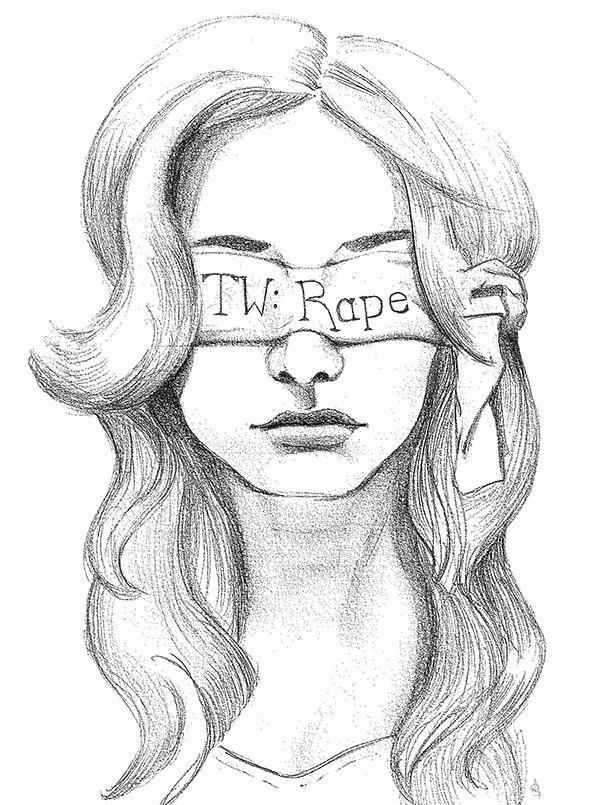Debate over trigger warnings in classrooms hits campus
Trigger warnings are references to traumas such as rape and can lead to episodes of PTSD for the reader or viewer.
October 20, 2014
Trigger warnings alert trauma survivors of potentially disturbing content that could induce symptoms of post-traumatic stress disorder. It has recently come under serious debate in the realm of academia as to whether or not professors should include trigger warnings in their syllabi.
Survivors of traumatic events often find that certain content, seen in television shows and movies or read in books and online, can trigger symptoms of PTSD, such as flashbacks, anxiety and panic attacks. Trigger warnings originally emerged within the feminist blog sphere and served to alert survivors of sexual violence to potentially upsetting material.
LS sophomore Maggie Neal said trigger warnings do not censor content, but instead allow readers to brace themselves for pieces of writing that may be upsetting or induce flashbacks.
“You’re pummeled with so much different content, it’s hard to know what you’re getting into sometimes,” Neal said. “So for people who have had really traumatic experiences like a rape or an eating disorder, there can be images that really invoke a sense of panic in some people.”
CAS sophomore Alexa Greene equated trigger warnings to film ratings, such as PG-13 or R for movies with explicit content.
“If we can have movie ratings, we can have trigger warnings,” Greene said.
Proponents of including trigger warnings on syllabi believe the warnings would lead students and professors to think more critically about any unsettling content in course material that could be personally distressing to some students. The push for trigger warnings is significant in light of the high rates of sexual assault on college campuses. According to the Centers for Disease Control and Prevention, approximately one in five female students experienced attempted or completed sexual assault during their undergraduate years. NYU has not made any official statements regarding trigger warnings.
Ann Pellegrini, NYU professor and director of the Center for the Study of Gender and Sexuality, opposes trigger warnings and spoke at a panel specifically on the subject on Oct. 14.
“[Trigger warnings] too easily morph into yet another disciplinary mechanism that the corporate university can use to promote consumer and donor satisfaction as the highest good,” Pellegrini said in an email.
Other popular critiques of using trigger warnings are that they are band-aid solutions, or symbolic gestures, enacted by colleges in place of tackling the larger systemic issues of racism and sexual misconduct on campus.
Some even argue that warnings would merely coddle students. NYU professor Jonathan Zimmerman wrote a satirical version of his syllabus on The Chronical of Higher Education. The version including trigger warnings, with section labels like “The 1970s: Remember the disco hit ‘Stayin’ Alive’? If you’re not into that, you should think about stayin’ home. Talk about trauma.”
Pellegrini said college is meant to put students in uncomfortable and challenging situations, and adding trigger warnings could endanger that environment.
“In calling for the classroom to be a ‘safe space,’ the movement for trigger warnings ends up closing down one of the crucial places where students and teachers, too, can experiment having and surviving the hurt feelings that may result from differences in viewpoints and differences in moral values,” Pellegrini said. “Learning that disagreement does not kill you — and that you need not kill someone who disagrees with you — could even be considered a kind of laboratory in democratic social relations.”
The trigger warning debate highlights the growing tension between student safety and student learning.
“How do we make the classroom a place simultaneously of safety and risk?” Pellegrini said. “In my view, pedagogy and learning require being open to the questions and the discomforts of not knowing.”
A version of this article appeared in the Monday, Oct. 20 print edition. Email Monica Millay at [email protected].
























































































































































